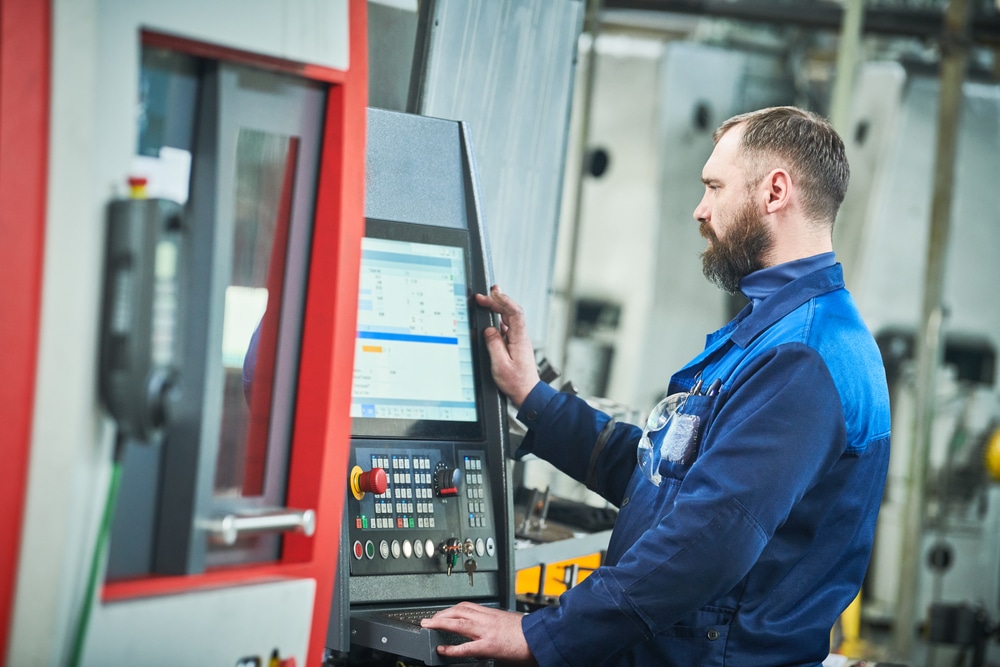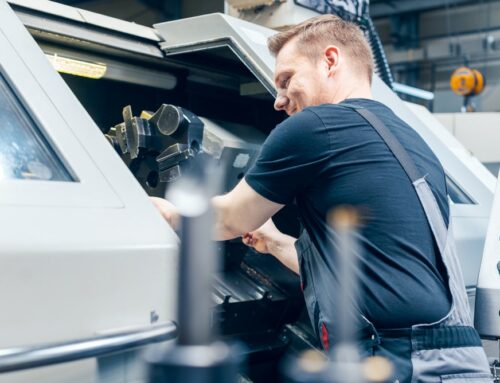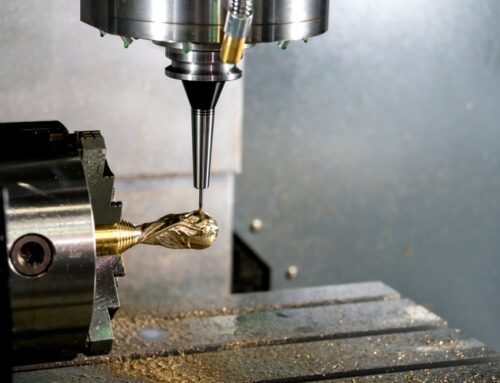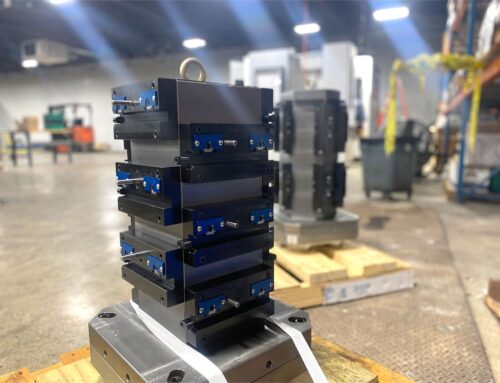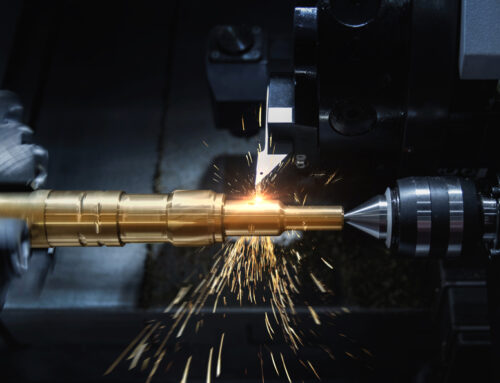The right workholding device is essential for many projects. Improper workholding can quickly ruin your work, costing you time and money. It can slow down your production time, which can cause all sorts of issues, including strained relations with customers. The right workholding pieces can allow your jobs to run smoothly and accurately.
What Are Workholding Devices?
A workholding device is an apparatus that is used to keep a workpiece stable and prevent it from moving. Workholding solutions include toggle and power clamps, vises, fixtures, jigs, and more.
Clamps are the most basic type of workholding device you’ll find. On the more complex end of the spectrum, you have custom workholding that is designed and built specifically for a particular part.
Vises and chucks are also simple workholding devices. Rotary tables may also qualify as work holding because they hold the part and allow you to change its position. This allows the machine to perform its necessary function.
What to Look for in Workholding Devices
When choosing workholding devices, you can consider things like:
- The shape, size, material, and tolerance of the workpiece
- The type and speed of the machining process
- Providing enough friction to withstand cutting forces
- Avoiding excessive deflections of the workpiece due to clamping forces
- Enabling rapid clamping and unclamping of the workpiece(s)
- Orienting and locating the part relative to the machine axes with precision
Produce Enough Friction
Workholding devices typically rely on friction to secure the part. Cutting forces can cause the part to move if the workholding isn’t designed correctly. The workholding device uses friction to keep the part stable and in the correct position during machining.
Avoid Excessive Deflections Due to Clamping Force
Workpieces are rarely symmetrical. A piece of raw bar stock, for example, may have a bend in it. If the wrong type of workholding is used, it will straighten the bend. However, when it’s released from the workholding, the bend will return, which throws off the part. Particular care should be taken if the workpiece is flexible or soft.
Rapid Clamping and Unclamping
Rapid clamping and unclamping allow for a shorter production time. This is particularly important if multiple workpieces are used in each cycle. In this case, you may want to consider one workholding device that accommodates all pieces rather than multiple workholding devices for individual pieces. Custom workholding is more expensive, but they can save a significant amount of money by shortening cycle times and improving productivity.
Provide Flexibility and Modularity
If you plan a large production run, it can make sense to have a workholding dedicated to that part. In other cases, you will want a workholding that can be adapted to different parts now and in the future.
Why Choose PAWS Workholding?
We are here to provide all of the workholding devices you need, from custom workholding to 4th-axis workholding. We have full CAD capabilities, and our team has more than 60 years of workholding experience, as well as more than eight decades of manufacturing process knowledge. Whatever you need, we can build it for you. Contact PAWS Workholding today at (866) 686-7297.

